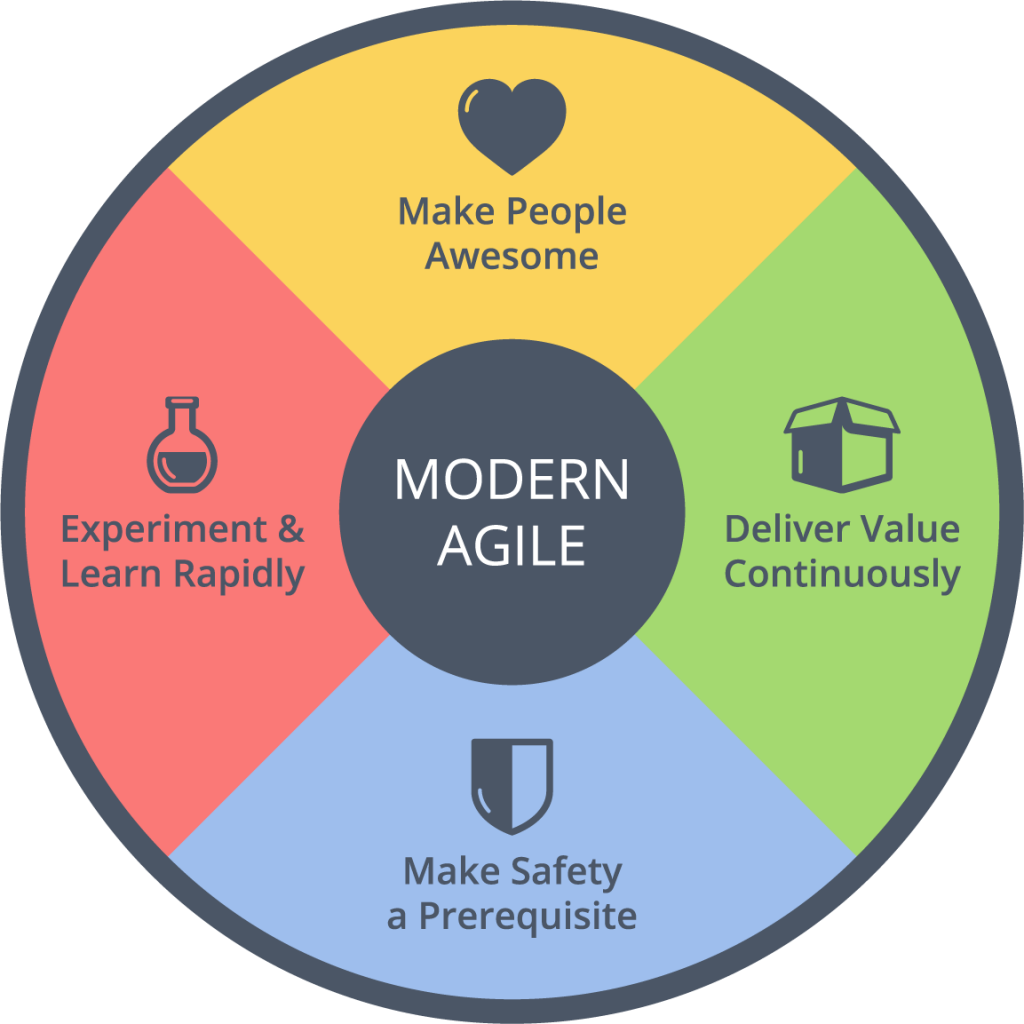
With an agile mindset we can add more value through our projects says Mehmet Baha
“Assistants are catalysts for change, because every time there is a change globally and at their desks, they need to adjust to accommodate those changes.” says Melba Duncan. This statement captures the agile mindset of Executive Assistants.
The Key Value of Agile
The key value of Agile is to continuously add value to customers in projects that we manage. Customers can be external or internal: customers, suppliers and partners outside of our organisations who are impacted by our projects are external customers; employees, teams, departments in our organisations who are affected by our projects are internal customers. When we manage projects, it is essential for us to continuously add value to both our internal and external customers.
In these challenging times of Covid-19, societies, whole industries, businesses, organisations and teams are undergoing a big change. Only the Agile will survive and thrive in these times. We, as Executive Assistants, are connectors of employees, bridgers of knowledge and strategic relationships. Therefore, we can contribute to making our organisations more Agile. In fact, we can manage our projects in an Agile manner. More importantly, we can have an Agile mindset to add value to customers especially when we do projects.
To show the importance of an Agile mindset, Joshua Kerievsky, a leading Agile thinker and practitioner, created “Modern Agile Values”. These values are essential to us as we plan, start, manage and finish our projects.

Photo source: http://modernagile.org/
Modern Agile Value 1: Make people awesome
This is about making people great. The word “people” includes not only our project team members, but also our employees, customers, partners and the whole ecosystem. We can make people great in various ways. With the help of our projects, we can make people, affected by our projects, become more engaged at work. We can make people great by contributing to a collaborative project team where we are proactive, open and share relevant information with project team members.
Modern Agile Value 2: Make safety a prerequisite
The second value is about psychological safety, meaning a work environment where employees feel free to express their questions, ideas and concerns. In our projects, when we team up with other employees, we need to create psychological safety. Imagine a project team meeting where employees feel afraid to express their concerns. It is likely that such a project will fail. Having psychological safety ensures that we listen to the concerns of others, our projects are adapted to the needs of our employees and add value to them.
Modern Agile Value 3: Deliver value continuously
Imagine that you are tasked with planning an annual summer retreat. That includes a range of tasks such as finding a venue, organising activities and ultimately adding value to employees who will attend the retreat. In this example, “value” can mean providing a great retreat experience for the employees, whose overall satisfaction of the event is (for example) 90%. To do that, it is crucial for us to involve stakeholders or internal customers in certain details of the retreat planning. Maybe the employees who will attend the retreat can vote and choose the venue. Involving our internal customers, that is people inside our organisation that the project serves, helps us add value to them.
Modern Agile Value 4: Experiment and learn rapidly
The last value is about becoming more data driven. In the case of planning an annual summer retreat, we need to get data and information on the retreat experience, such as the satisfaction rate of attendees, and the number and types of complaints about the retreat. Analysing this information can help us improve the retreat next time. Test ideas, get feedback from people, learn and improve. Continuous improvement is the essence of our Agile way of managing projects. We can proactively ask for feedback from people. “What do you like the most about this retreat?” and “What can be improved?” are two simple and powerful questions.
Sometimes we plan, start, undertake and finish projects without focusing on our internal and external customers. The cornerstone of managing projects in an Agile way is to continuously add value to our internal and external customers. This way, we can contribute more to our organisations in these uncertain times.












